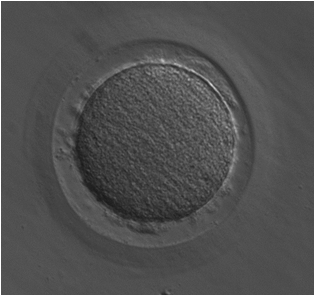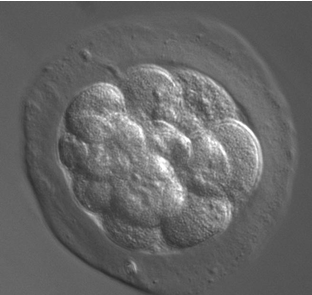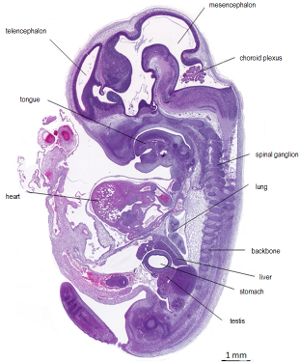Embryonic development
The fusion of the oocyte and the sperm cell marks the beginning of embryonic development which finally results in an extremely complex organism. A human individual presumably consists of more than 10 trillion (1013) cells and is composed of several hundreds of different cell types. However, even the first steps of the developmental process are mostly not understood. We are interested in the specification and faith of individual cells in the early primate embryo. In joint projects with our collaborators we also work on primate-specific aspects of embryonic development such as body axis establishment. Our studies may also contribute to the understanding of human embryonic development.
Vogt EJ, Meglicki M, Hartung KI, Borsuk E, Behr R (2012):
Importance of the pluripotency factor LIN28 in the mammalian nucleolus during early embryonic development.
Development 139:4514-4523.
Hanazawa K, Müller T, Becker T, Heistermann M, Behr R, Sasaki E (2012):
Minimally invasive transabdominal collection of preimplantation embryos from the common marmoset monkey (Callithrix jacchus).
Theriogenology 78(4):811-816.
Eildermann K, Aeckerle N, Debowski K, Godmann M, Christiansen H, Heistermann M, Schweyer S, Bergmann M, Kliesch S, Gromoll J, Ehmcke J, Schlatt S, Behr R (2012):
Developmental expression of the pluripotency factor SAL-Like Protein 4 in the monkey, human and mouse testis: restriction to premeiotic germ cells.
Cells Tissues Organs 196 (3): 206-220.



